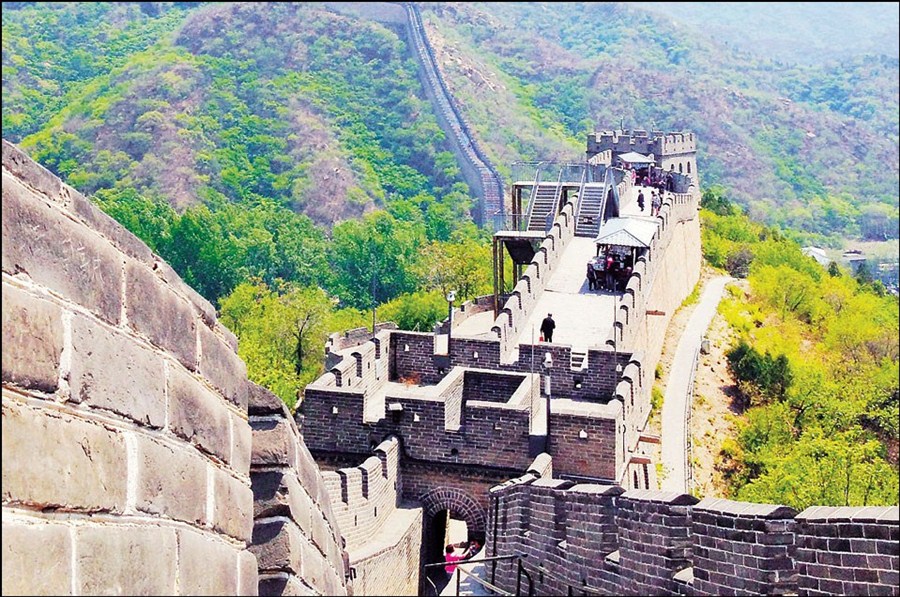 |
|
The Great Wall is one of the most popular attractions in Beijing. [Photo/Shanghai Daily]
|
Perhaps there’s no other city in the world that makes you feel the weight of history quite like Beijing.
The Forbidden City, Tian’anmen Square, the Temple of Heaven and, of course, the Great Wall are famous attractions providing insight into different periods of Chinese history that have helped shape the country. Retracing the steps of ancient emperors, late Chairman Mao Zedong and the thousands of workers who built the world’s longest wall can make one feel rather small when looking at the grand picture of what they accomplished.
Travelers from 45 countries can now take advantage of a 72-hour, visa-free policy provided they have visas and flight tickets to a third country.
Three days isn’t enough time to see everything Beijing has to offer and this guide for first time visitors to the city omits major attractions like the Summer Palace. But read on for an action-packed schedule that gives a good idea of how much can be done in 72 hours.
1pm-4pm
The first stop is Tsinghua University. China’s top university attracts thousands of teenagers each summer with many dreaming of being admitted to this prestigious university in the future.
But for casual travelers, the university’s appeal is its beautiful mix of ancient and modern buildings and lush landscaping. In 2010, Forbes magazine called it one of the most beautiful college campuses in the world after interviewing a panel of architects.
The campus is part of what was once the Qing Dynasty (1644-1911) royal garden and some ancient buildings remain today.
The ancient constructions, Chinese-style bonsai, pavilions and lush vegetation hark back to a bygone era when emperors consorted with various concubines in the garden.
Tsinghua also boasts a number of Western-style buildings that date to the early 1910s.
6pm-8pm
Tsinghua University is not far from the National Olympics Stadium and National Aquatics Center. Take bus No. 86 to pop over there.
Although the Beijing Olympics are a thing of the past, many tourists still flock to the stadiums to recall the historic event and check out these unique structures. The national stadium was quickly christened the Bird’s Nest due to its shape and the aquatic center became known as the Water Cube.
Both look more spectacular at night as they have a futuristic look that wouldn’t be out of place in the film “Blade Runner.”
8:30am-1pm
The Forbidden City highlights day two. It features ancient ceremonial halls used by Ming (1368-1644) and Qing dynasty emperors. It also housed the private residences of China’s royal family and the servants that catered to their every whim. Plan on spending half a day roaming around the grounds.
The Forbidden City consists of an impressive 980 buildings. Highlights include the Hall of Supreme Harmony, Hall of Central Harmony, and Hall of Preserving Harmony.
The inner court was the home of the emperor and his family. During the Qing Dynasty, emperors lived and worked almost exclusively in the inner court with his wife and concubines.
Audio guides in 23 languages are available at the entrance and it’s well worth the price, which ranges from 20 yuan (US$3.2) to 40 yuan depending on the language. The audio guide brings the Forbidden City to life as you stroll around the grounds.
It’s closed on Mondays except during July and August and on statutory holidays. A ticket to the Forbidden City is 60 yuan and it opens from 8:30am to 5pm.
Download a palace map at http://www.dpm.org.cn/index1280800.html and plan your own route before you go.
We Recommend:
